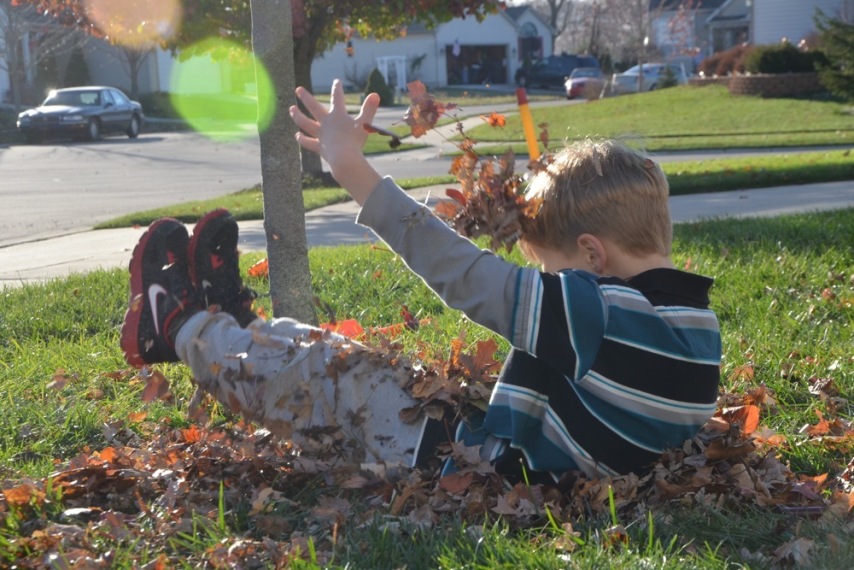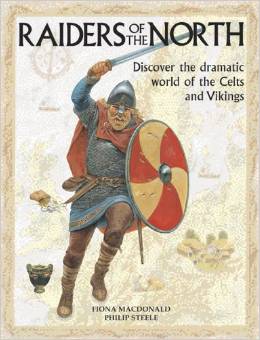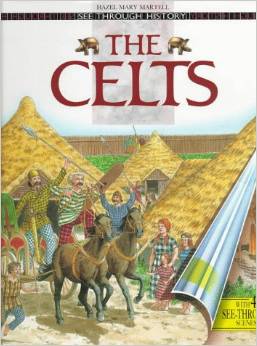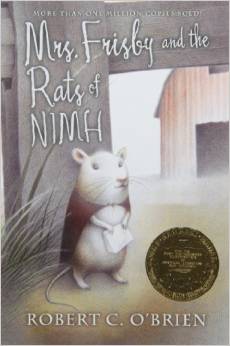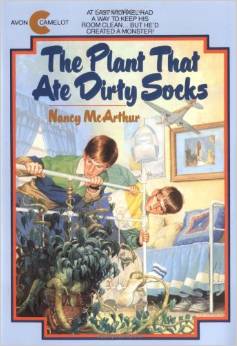We are nearing the end of our journey through the first BFSU book, and I think a review of sorts is long overdue. I love these books, but not everyone does. These aren't the kind of books you can crack open for the first time on the morning you expect to run through a lesson together. They require planning ahead, and sometimes studying ahead, depending on your own science background. Since I studied Evolutionary Biology in college I have a strong science background, but these lessons are so well described that they lend themselves to learning together for those who do not have that background, with maybe just a little extra planning time.
First, though, a bit more about what these books aren't: they are not workbooks or text books; they are not intended to be handed to a student; they don't have tests, questions, pictures, or diagrams; they are not scripted.
What they ARE, is a series of well thought out lesson plans that guide teachers and students through the basic tenets of science by following the scientific model of "show don't tell".
Lessons plans in these books are intended to be taught in a few sessions over one to two weeks, depending on the depth of the lesson and the depth of your interest. Each lesson opens with an overview, a breakdown of the parts of the lesson with suggested time expenditure for each part, and lists of necessary background knowledge, expected knowledge outcomes, and necessary materials.
Every lesson has suggested demonstrations and hands on activities as well as suggestions for general conversation. Most lessons also suggest ways to go deeper into subjects when the interest is there.
At the end of each plan is a list of suggested reading materials.
The lessons are divided into four different topic threads (the nature of matter, life sciences, physical science, and earth and space science), and all lessons in the three books are connected via a flow chart that shows a suggested order of attack and demonstrates how certain lessons flow into others and which are necessary prerequisites to others.
I first started with BFSU I a couple of years ago. At the time I picked it up and started with the first lesson in the book. It actually took me a couple of weeks to realize that the lessons were divided into the four different disciplines and were meant to be taught fluidly throughout. When I did figure that out, I sat down and spent some time with the book, creating a plan of action for us to follow.
It is easy, although a little time consuming, to sit down with the flow chart at the front of each book and make a plan of action for the school year, whatever that means to you. Where possible, we tend to focus on the Life Science and the Earth and Space Science threads in the spring and summer when the weather is nice, while in the fall and winter we focus more on the Physical Science and the Nature of Matter threads. This is what works best for us, but there are many ways to plan the order of delivery while still keeping to the suggested flow order, so you can do whatever works best for you.
We started with BFSU in Marc 2012 when Calvin was 5 (turning 6 in June 2012). Following is the plan I worked out and implemented for the lessons in book 1.
BFSU Vol. I, grades K-2
March 2012
A/B-1: Organizing Things into Categories
B-2: Distinguishing Living, Natural Non-living, and Human-made Things
April 2012
A-2: Solids, Liquids, Gases
A-3: Air Is a Substance
A-4: Matter I: Its Particulate Nature
May 2012
A-5: Distinguishing Materials
A-5a: Magnets and Magnetic Fields
C-1: Concepts of Energy I: Making Things Go
D-1: Gravity I: The Earth's Gravity/Horizontal and Vertical
June 2012
B-3: Distinguishing Between Plants and Animals
C-4: Concepts of Energy III: Distinguish Between Matter and Energy
C-3: Concepts of Energy II: Kinetic and Potential Energy
C-2: Sound, Vibrations, and Energy
July 2012 and all through the summer of 2012
B-4a: Identification of Living Things (ongoing study)
B-4b: What is a Species/Use of Field Guides in the Field (ongoing study)
B-4: Life Cycles
September-October 2012
C-1: Concepts of Energy I (REVIEW)
B-3: Distinguishing Between Plants and Animals (REVIEW)
B-5: Food Chains and Adaptations (ongoing study)
D-4: Land Forms and Major Biomes of the Earth
November-December 2012
B-6: How Animals Move I: The Skeleton and Muscle
B-7: How Animals Move II: Different Body Designs, Major Animal Phyla (ongoing study)
January 2013
B-3: Distinguishing Between Plants and Animals (REVIEW)
C-5: Inertia
C-6: Friction
C-7: Push Pushes Back
February 2013
D-5: Time and the Earth's Turning (ongoing study)
D-6: Seasonal Changes and the Earth's Orbit (ongoing study)
D-7: Gravity II: Weightlessness in space, Distintion Between Weight and Mass
March-June 2013
Supplemental: Connect the Thoughts Lower School Science IV: Physics & Astronomy
Summer 2013
B-4a: Identification of Living Things (ongoing study)
B-4b: What is a Species/Use of Field Guides in the Field (ongoing study)
B-4: Life Cycles (ongoing study)
October 2013
A-6: Matter II: Air Pressure, Vacuums, and the Earth's Atmosphere
A-7: Air: A Mixture of Gases
A-8: Evaporation and Condensation
November 2013
A-9: Matter IV: Dissolving, Solutions, and Crystallization
A-10: Rocks, Minerals, Crystals, Dirt, and Soil
January-February 2014
B-10: Plant Science I: Basic Plant Structure
B-11: Plant Scienc eII: Seed Germination and Seedling Growth
B-12 Plants, Soil, and Water
D-8: Rocks and Fossils
March-April 2014
B-8: How Animals Move III: The Nervous System
B-9: How Animals Move IV: Energy to Run the Body
May 2014
(connect to spring and planting of vegetable gardens)
B-11: Plant Sci II: Seed Germinatin and Seedling Growth (REVIEW)
B-12: Plants, Soil, and Water (REVIEW)
Summer 2014
B-4a: Identification of Living Things (ongoing study)
B-4b: What is a Species/Use of Field Guides in the Field (ongoing study)
B-4: Life Cycles (ongoing study)
For September 2014
Complete book review
For October 2014
Begin BFSU Vol. II
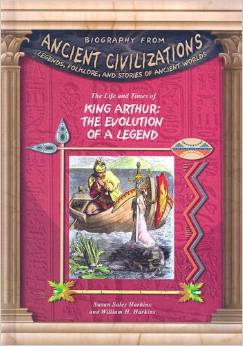 King Arthur: The Evolution of a Legend, is one of the only kids books I found that traced the Arthurian legend to its real beginning in the century following the fall of Rome. Like all the other books in the "Life and Times" series, this one not only presents factual information as we know it, but prevailing theories as well. And it sets the stage well, describing the way of life, traditions, and beliefs that were customary at the time. We only focused on the first part of the book. We'll check it out again when we revisit the evolving legend again in the high middle ages.
King Arthur: The Evolution of a Legend, is one of the only kids books I found that traced the Arthurian legend to its real beginning in the century following the fall of Rome. Like all the other books in the "Life and Times" series, this one not only presents factual information as we know it, but prevailing theories as well. And it sets the stage well, describing the way of life, traditions, and beliefs that were customary at the time. We only focused on the first part of the book. We'll check it out again when we revisit the evolving legend again in the high middle ages. And we looked at some other early Celtic legends, too. They are simply told in this compendium, and some of the phrasing is weird. It's hard for me to tell if that's the book, or the legends themselves. We only read a few of them before moving on, but that was enough to give us an idea.
And we looked at some other early Celtic legends, too. They are simply told in this compendium, and some of the phrasing is weird. It's hard for me to tell if that's the book, or the legends themselves. We only read a few of them before moving on, but that was enough to give us an idea.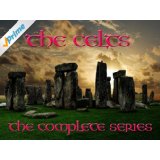 We also watched another episode from the series we started last week: "The Celts". Episode 4 of the series, From Camelot to Christ, covers some of the beginnings of the King Arthur story. I shared my thoughts on this video series last week, and this episode was equally as pretty and momentous, and just as evasive with regards to real information. But it corroborated information from the other video we watched and loved...
We also watched another episode from the series we started last week: "The Celts". Episode 4 of the series, From Camelot to Christ, covers some of the beginnings of the King Arthur story. I shared my thoughts on this video series last week, and this episode was equally as pretty and momentous, and just as evasive with regards to real information. But it corroborated information from the other video we watched and loved... Back to our favorite history video guy, Michael Wood. His "In Search of Myths and Heroes" series has an episode about King Arthur that, of course, we loved. Unsurprisingly we never find King Arthur, but it's a great video.
Back to our favorite history video guy, Michael Wood. His "In Search of Myths and Heroes" series has an episode about King Arthur that, of course, we loved. Unsurprisingly we never find King Arthur, but it's a great video.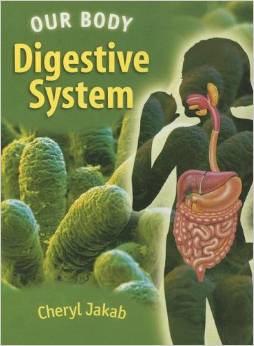 In science this week we covered more of the body systems, focusing on the digestive and endocrine systems (still BFSU1 lesson B9). I'll say it again, but only briefly, this series is really comprehensive without being long-winded, and it's neatly presented, without too many distractions.
In science this week we covered more of the body systems, focusing on the digestive and endocrine systems (still BFSU1 lesson B9). I'll say it again, but only briefly, this series is really comprehensive without being long-winded, and it's neatly presented, without too many distractions. In literature study this week, Calvin read and took notes on The House at Pooh Corner. He read it first a few years ago, but wanted to reread it, and I thought an easy and heartwarming read would be good since we've been busy, and battling illnesses. These books are so sweet, they're like comfort food.
In literature study this week, Calvin read and took notes on The House at Pooh Corner. He read it first a few years ago, but wanted to reread it, and I thought an easy and heartwarming read would be good since we've been busy, and battling illnesses. These books are so sweet, they're like comfort food.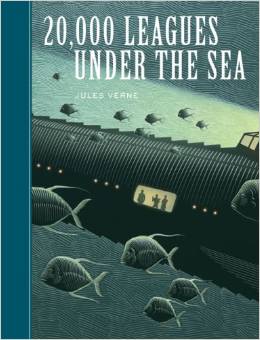 And in his free time this week, Calvin picked up 20,000 Leagues Under the Sea. He's been wanting to read it for a while and this week he utterly devoured it. Un-put-downable.
And in his free time this week, Calvin picked up 20,000 Leagues Under the Sea. He's been wanting to read it for a while and this week he utterly devoured it. Un-put-downable. Weekly book shelf | tagged
Weekly book shelf | tagged  history books,
history books,  literature,
literature,  science books
science books 